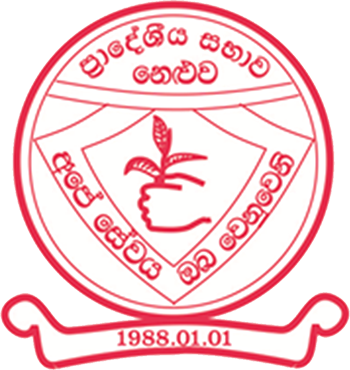There are evidences that the Neluwa area which belonged to the ancient Rohana Kingdom was very fertile. The history of this area dates back to the Polonnaruwa Kingdom period. According to the Mahavamsa and the Sinhala Bodhivamsa, Maddegama, a village located in the Neluwa area, is mentioned among the villages where the thirty-fruited bodhis originated from the Sri Maha Bodhi were planted, and it is accepted that it is the present Batuwangala Rajamaha Vihara. This Bodhi was destroyed in the 2003 flood. According to Mahavamsaya information, the history of this place dates back to the reign of King Vijayabahu I. This is said to be one of the areas where the king fled and hid after the war with Soline. It can be thought that this area, which was protected by the Sinharaja forest, could provide good protection to the king. Professor G.G., who confirms these facts. In Mr. Mandis’s book titled History of Ceylon, information is revealed that King Vijayaba camped in the village of Tambalagama when he was defeated in the war, and an arms forge was established in Tambalagama to manufacture weapons for the king and the army gathered at the village of Happitiya. Archaeological evidence is found in this connection and a formal investigation should be carried out. A 20 acre land has been dedicated to the Batuwangala Vihara by Sannasak. Around the year 2350, the villagers made a Sivrian bronze statue for this temple and after showing it to the king, King Keerthi Sri Rajasingha offered the village of Batuwangala, four tusks, a gold statue, a gold kendi and four relics. This information was written down in a scroll and found by a magician. Confirming this information, the puja items have been safely deposited in the Galle Yatagala temple till today.
At present this area belongs to the southern province administratively, but at that time this area was considered to belong to the Sabaragamu Province. As a proof of this, the Viharadhipa Thero of Batuwangala Purana Rajamaha Vihara and the Neluwa Regional Lekamtuman are still entitled to use the vote for the election of Diyawadana Nilame of the Dalada Palace in Kandy. It shows the historical importance of this area. From time immemorial, the ancients of this area have gone on pilgrimage to Sripada through the Sinharaja Forest and even today the ancients reflect on the memories. Ibn Battuta, an Arab explorer who came to Galle in 1344, visited Hripada on pilgrimage and is also believed to have used this route.
Advertisement !



